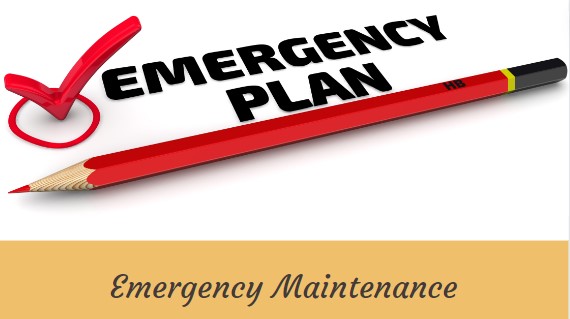
What is Emergency Maintenance? Types and Benefits
Viki Dongare |
20 Jan 2024 |
06:40 AM
- Definition of Emergency Maintenance
- Importance of Understanding Emergency Maintenance
- Significance in Various Industries
- Types of Maintenance
- Overview of Maintenance Strategies
- Types of Maintenance Explained
- Understanding Emergency Maintenance
- Emergency Maintenance Procedures
- Benefits of Emergency Maintenance
- Performing Maintenance Tasks
- Implementing Maintenance Strategies
- Conclusion
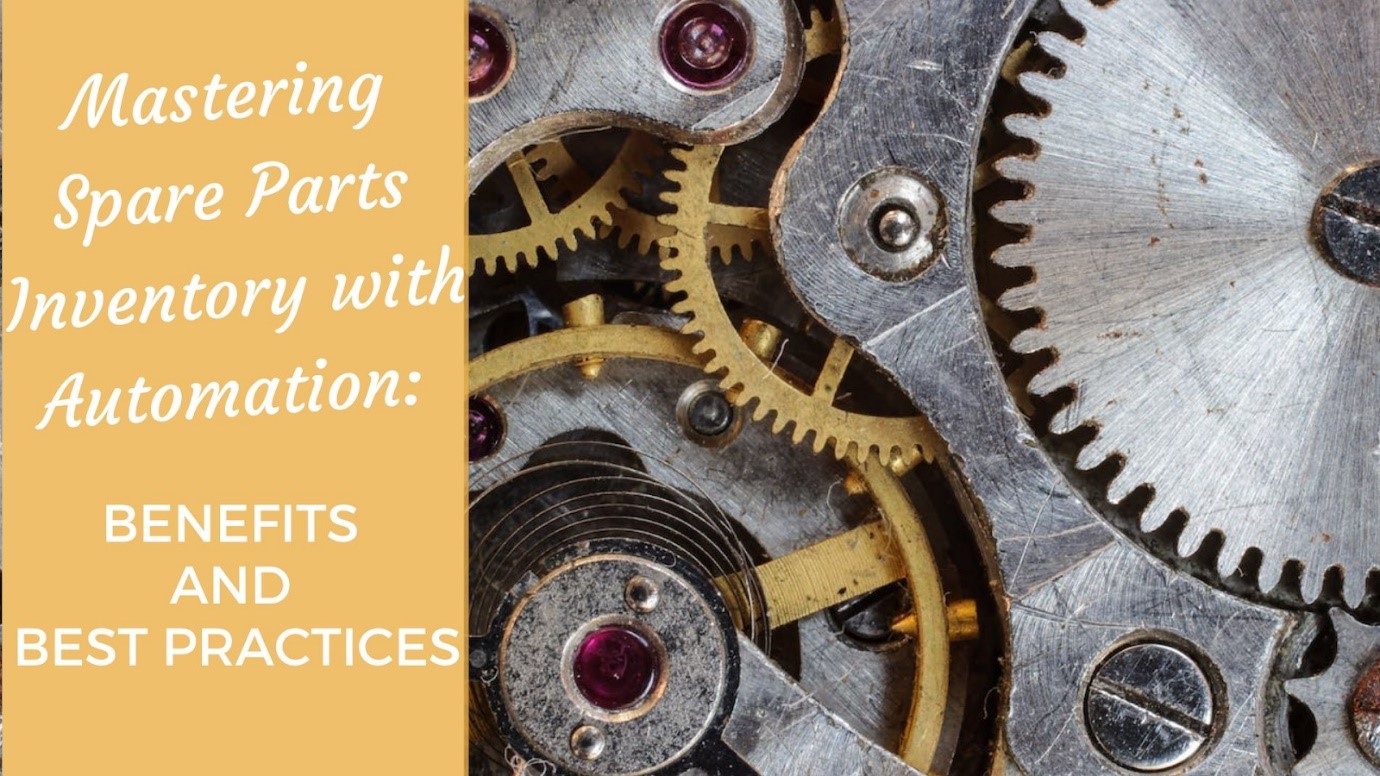
Mastering Spare Parts Inventory with Automation: Benefits and Best Practices
Madhurima Sanyal 11 May 2024 | 12:13 PMDiscover how automation is revolutionizing parts inventory management today. Learn about the challenges of handling spare parts and the best practices of the transformative power of automation in making your organization more competitive. Get a glimps...
Emergency maintenance plays a pivotal role in the seamless operation of various industries, ensuring that critical systems remain functional and downtime is minimized. Let's understand the key aspects that define emergency maintenance and its profound impact.
Definition of Emergency Maintenance
At its core, emergency maintenance refers to the immediate and unplanned actions taken to address unexpected events within an organization like broken assets or failure of non critical assets. This can include sudden breakdowns, malfunctions, or threats that pose an immediate danger to operations. Emergency maintenance aims to swiftly restore functionality and mitigate potential risks.
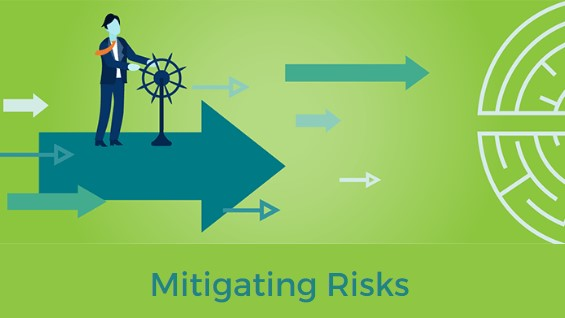
Importance of Understanding Emergency Maintenance
Understanding the nuances of emergency maintenance is crucial for organizations seeking to maintain optimal efficiency. By comprehending the significance of rapid response and quick problem resolution, businesses can avoid prolonged downtime and financial losses. This understanding also empowers maintenance teams to develop proactive strategies, ensuring a swift and effective response in critical situations.
Significance in Various Industries

The impact of emergency maintenance extends across a spectrum of industries, from manufacturing plants to high-rise buildings. In a manufacturing setting, a breakdown in equipment can lead to significant production delays, affecting profitability. Similarly, in high-rise buildings, emergency maintenance ensures the safety of occupants by addressing immediate threats.
Types of Maintenance
When it comes to maintaining the health of industrial systems and equipment, a strategic approach is crucial. Let's explore the diverse landscape of maintenance strategies, gaining insights into how each type serves a specific purpose in ensuring operational efficiency.
Overview of Maintenance Strategies
Maintenance strategies are the backbone of a well-functioning organization, and understanding the various approaches is key to implementing effective maintenance plans. Corrective maintenance, as one essential facet, involves the rapid intervention required in critical situations.
Whether it's a sudden breakdown, equipment malfunction, or an immediate threat, corrective maintenance aims to address these issues promptly. This type of maintenance is indispensable in preventing unplanned downtime and emergency maintenance situations.
Types of Maintenance Explained
1. Emergency Maintenance
Emergency maintenance takes center stage when unforeseen challenges demand immediate attention. This type of maintenance is deployed in urgent situations such as sudden breakdowns or immediate threats. Its swift responses play a pivotal role in preventing unplanned downtime and addressing safety risks promptly.
2. Preventive Maintenance
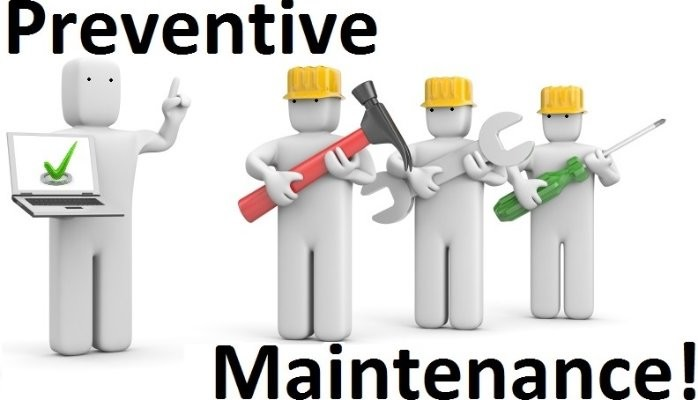
Preventive maintenance involves scheduled inspections and tasks designed to identify and rectify potential issues before they escalate. By implementing preventive maintenance inspections, organizations can enhance the reliability of their systems, reduce the likelihood of unexpected failures, and extend the lifespan of equipment.
3. Reactive Maintenance
Reactive maintenance, while not as proactive as preventive measures, is crucial for resolving issues as they occur. This approach involves addressing equipment failures promptly, minimizing disruptions to operations, and swiftly returning systems to working order.
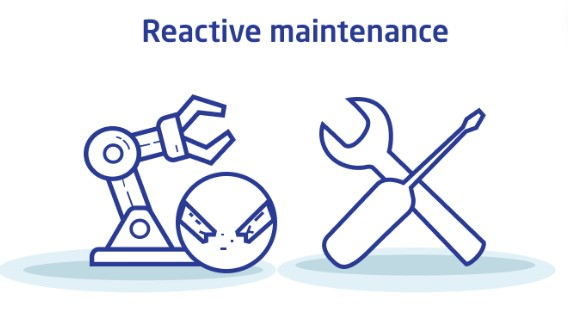
4. Corrective Maintenance
Corrective maintenance focuses on fixing identified issues, often discovered through routine inspections. Corrective maintenance aims to rectify problems promptly, preventing them from evolving into more significant issues that could impact operations.
5. Predictive Maintenance

Predictive maintenance leverages data-driven insights to anticipate when equipment is likely to fail. By analyzing historical data and performance trends, organizations can schedule maintenance tasks at optimal times, reducing downtime and increasing overall efficiency.
6. Proactive Maintenance Strategies
Proactive maintenance involves a comprehensive approach to preventing issues. It combines elements of preventive, predictive, and reactive strategies to create a holistic maintenance plan that addresses potential failures and prevents corrective maintenance approach before they impact operations significantly.
7. Planned Maintenance
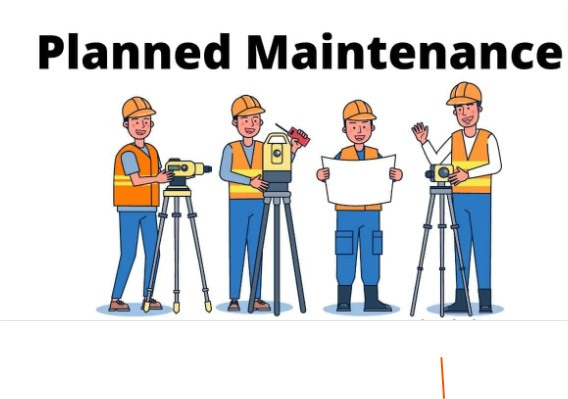
Planned maintenance tasks encompasses scheduled interventions based on factors such as usage, time, or specific performance indicators. It ensures that maintenance activities are strategically timed to prevent corrective maintenance situations and optimize operational performance.
Understanding Emergency Maintenance
What Constitutes an Emergency Maintenance Situation?
In the dynamic landscape of industrial operations, identifying what constitutes an emergency maintenance situation is crucial for swift and effective responses. Such situations include immediate threats, sudden breakdowns, or malfunctions that, if not addressed promptly, can lead to significant consequences. For instance, a malfunction in critical equipment within a manufacturing plant could result in a production halt, leading to financial losses and potential safety risks.
By understanding the characteristics of emergency maintenance strategy, organizations can develop proactive strategies to mitigate risks and ensure a rapid response when needed. Data-driven insights play a crucial role in recognizing patterns and anticipating potential emergencies, empowering maintenance teams to stay ahead of critical issues.
Differentiating Between Reactive and Emergency Maintenance
While emergency maintenance and reactive maintenance share similarities, differentiating between the two is essential for crafting targeted and efficient maintenance plans. Reactive maintenance involves addressing issues as they arise, often in response to equipment failures. In contrast, emergency maintenance is a subset of reactive maintenance, specifically tailored for urgent and high-risk situations.
Emergency Maintenance Procedures
Emergency Maintenance Workflow
An emergency maintenance workflow is the orchestrated sequence of steps undertaken when an urgent situation arises. When a critical piece of equipment malfunctions, and time is of the essence. The workflow kicks into action, involving a rapid assessment of the situation, immediate identification of the issue, and the deployment of skilled technicians to address the problem.
To ensure the workflow is seamless, organizations often use automated response systems, enabling quick communication and coordination among maintenance teams. By integrating data-driven insights, these workflows prioritize the most critical issues, minimizing downtime and safeguarding against potential safety risks.
Emergency Maintenance Plan
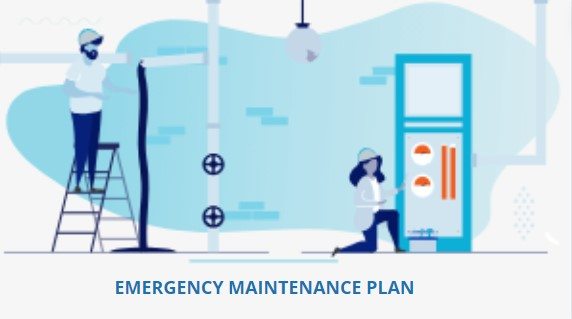
Having a well-crafted emergency maintenance plan is akin to having a playbook to avoid emergency maintenance situation. This plan outlines the strategies, responsibilities, and resources needed to address emergency repairs effectively. It serves as a guide for maintenance teams, ensuring everyone is on the same page when urgent maintenance situation arises.
Outlining Emergency Maintenance Procedural Guide
This involves breaking down the steps of the maintenance plan into clear and actionable instructions. This ensures that each team member understands their role and knows how to execute tasks efficiently during a crisis. Outline emergency maintenance procedures guide the team from the initial assessment to the resolution, minimizing the impact on production and preventing further complications.
Benefits of Emergency Maintenance
The Role of Emergency Maintenance in Preventing Unplanned Downtime
By swiftly addressing issues in critical situations, emergency maintenance plays a vital role in preventing prolonged downtime. Timely interventions ensure that operations can resume promptly, minimizing the impact on productivity and overall efficiency.
-
Enhancing Safety through Emergency Maintenance
Rapid responses to immediate threats, malfunctions, or breakdowns contribute to a safer work environment. Whether it's preventing potential hazards or addressing critical issues swiftly, emergency maintenance is a proactive approach to maintaining a secure workplace.
-
Avoiding Significant Health and Safety Risks
Emergency maintenance goes beyond preventing downtime; it actively mitigates health and safety risks. In situations where equipment malfunctions could pose threats to personnel or create hazardous conditions, emergency maintenance strategy become a crucial line of defense.
-
Improving Equipment Reliability and Performance
The benefits of emergency maintenance strategy extend to the long-term reliability and performance of equipment. By addressing issues promptly, organizations not only prevent immediate disruptions but also contribute to preventing equipment failure conditions.
Performing Maintenance Tasks
Executing Emergency and Preventive Maintenance -
Emergency maintenance involves swift responses to unforeseen challenges, addressing immediate threats and preventing unplanned downtime. On the other hand, preventive maintenance is a proactive approach, involving scheduled inspections and tasks to identify and rectify potential issues before they escalate.
Routine Maintenance Tasks Explained -
Routine tasks involve regular, scheduled checks and actions aimed at keeping equipment in optimal condition. From lubricating moving parts to checking for signs of wear, it keeps unplanned maintenance situations at bay and contributes to overall reliability and longevity of machinery.
Performing Corrective Maintenance -
Corrective maintenance comes into play when routine inspections identify specific issues that require immediate attention. This type of maintenance involves addressing identified problems promptly to prevent them from evolving into more significant issues that could impact operations.
Implementing Maintenance Strategies
The Importance of Maintenance Team -
Their expertise, dedication, and swift responses are crucial in ensuring the reliability and optimal performance of industrial systems. Imagine an industrial plant where skilled maintenance technician work seamlessly to address issues promptly, preventing downtime and contributing to the overall efficiency of the operation. This combination of preventive and corrective maintenance is indispensable in preventing unexpected breakdown and safeguarding against any emergency occurring.
Utilizing Technology: Maintenance Software and CMMS -
In the digital age, leveraging technology is paramount in enhancing maintenance strategies. Maintenance software and CMMS software are invaluable tools that streamline processes, track preventive maintenance activities, and provide data-driven insights.
Developing a Comprehensive Maintenance Program -
A comprehensive maintenance program is a roadmap for organizations, outlining the strategies, schedules, and emergency maintenance requests needed to maintain optimal working conditions. This program involves a holistic approach, incorporating elements of predictive, reactive and preventive maintenance to create a well-rounded strategy.
Automation in Maintenance: Automated Response Systems -
Automation is revolutionizing maintenance strategies, particularly through plan maintenance system. These systems enable swift and coordinated responses to perform emergency maintenance tasks, minimizing human intervention and ensuring quick attention to critical issues.
Conclusion
Emergency maintenance is the unsung hero of industrial operations, ensuring resilience in the face of unforeseen challenges. By embracing a holistic approach that incorporates preventive, reactive, and automated strategies, organizations can fortify their systems against disruptions. The symbiotic relationship between skilled maintenance team, cutting-edge technology, and well-crafted maintenance programs forms the backbone of operational success. As we navigate the intricate world of emergency maintenance, let us recognize its pivotal role in preventing downtime, enhancing safety, and optimizing equipment performance. May this exploration empower organizations to proactively tackle challenges, fostering a culture of operational excellence.